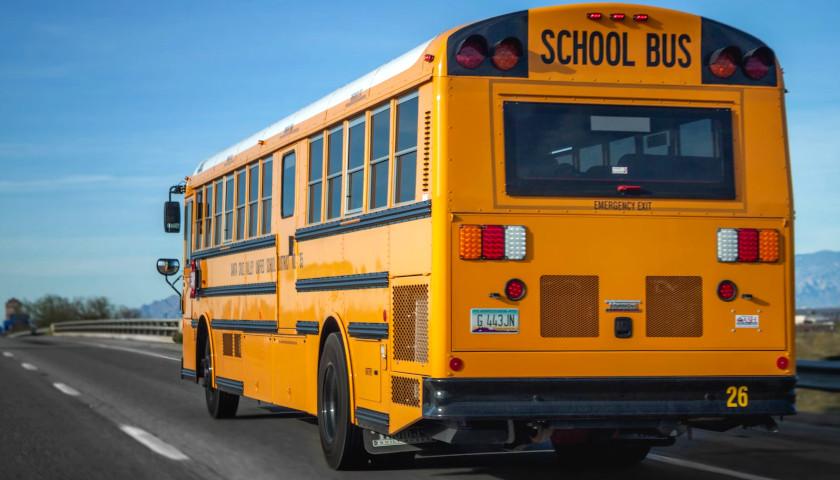Governor Tim Walz announced Thursday that Minnesota schools will have the majority of authority on if or how they open campuses, based on discretionary assessment of their district’s localized data.
According to Walz’s Emergency Executive Order 20-82 and the accompanying “Safe Learning Plan,” schools must watch the spread of COVID-19 in their communities to determine the learning model that will suit their needs. These models are also subject to change throughout the school year, a protocol that Walz refers to as “dialing back [or] forward” in his executive order.
Both the order and the plan rely heavily on schools to create localized solutions that suit them best. Schools must also communicate openly and frequently with educational and health officials to make any necessary adjustments to their respective learning models throughout the year. One such line of communication will be an upcoming “Learning Model Portal,” in which schools communicate with the Minnesota Department of Education (MDE).
Executive Order 20-82 provides a detailed timeline of the COVID-19 pandemic emergency executive orders. In the opening remarks, Walz focused mostly on education as a substantial health factor shaping the order and plan.
“Education is a fundamental determinant of health. It cultivates life skills, knowledge and reasoning, social-emotional awareness and control, and community engagement; all of these skills serve people over the course of a lifetime,” said Walz. “Schools also function as tools and resources for public health intervention by addressing core needs like nutrition, access to health and social support services, and support for families and communities.”
Walz acknowledged that while distance learning might be a necessity for public health, the challenges that the model creates for students and families are exceptionally difficult in these trying times. He mentioned that the guidelines published June 18 were to inform schools of their possible options come fall, encouraging educators to aim for in-person learning models if at all possible.
The governor said his twenty years of teaching, along with the unintended negative consequences of distance learning on students, largely influenced his decision.
The Safe Learning Plan and executive order address protocols for before and after school care, indigenous persons education, families experiencing homelessness, early childhood programs, students dependent on school meals, in-person and childhood developmental screenings, home visits by school staff, school technology for student use, and eligible children.
A mask mandate will apply to all persons on school grounds; the state will give schools cloth face coverings, disposable face masks, and face shields. At-risk teachers and staff may opt to work from home, or coordinate with their schools for further safety measures not addressed in the governor’s plan.
The plan includes provisions for three types of funding for schools and families affected by the coronavirus and any volatility that may occur with these fluid educational models. Income from the Federal CARES Act and payments from government relief, local government relief and tribal governments will not count as income when determining eligibility for MDE programs.
The executive order reaffirms the joint authority of the Commissioner of Education and Commissioner of Health to close schools and mitigate activities when necessary – however, the order added that schools retain the ultimate ability to set their measures according to local case data.
“[W]e are taking a localized, data-driven approach to the 2020-21 school year that will put student and staff safety first,” said Walz in the plan. “By bringing together the local education leaders who know their students, staff, and communities the best, and the public health experts who know the virus best, this plan will help determine a learning model that makes the most sense for each community.”
Although the plan and order cover many areas that local schools will refer to while planning for fall, some representatives are critical of the timing and clarity of Walz’s plan for schools.
“Parents are anxious about managing their work schedules, how their students will meet educational goals, and wondering how they will keep their family safe. Today’s announcement leaves more questions than answers,” said Senate Majority Leader Paul Gazelka (R-MN-9).
Families can expect schools to communicate their starting learning plans at least one week prior to the beginning of their respective school year.
– – –
Corinne Murdock is a reporter at The Minnesota Sun and the Star News Network. Follow her latest on Twitter, or email tips to [email protected].





